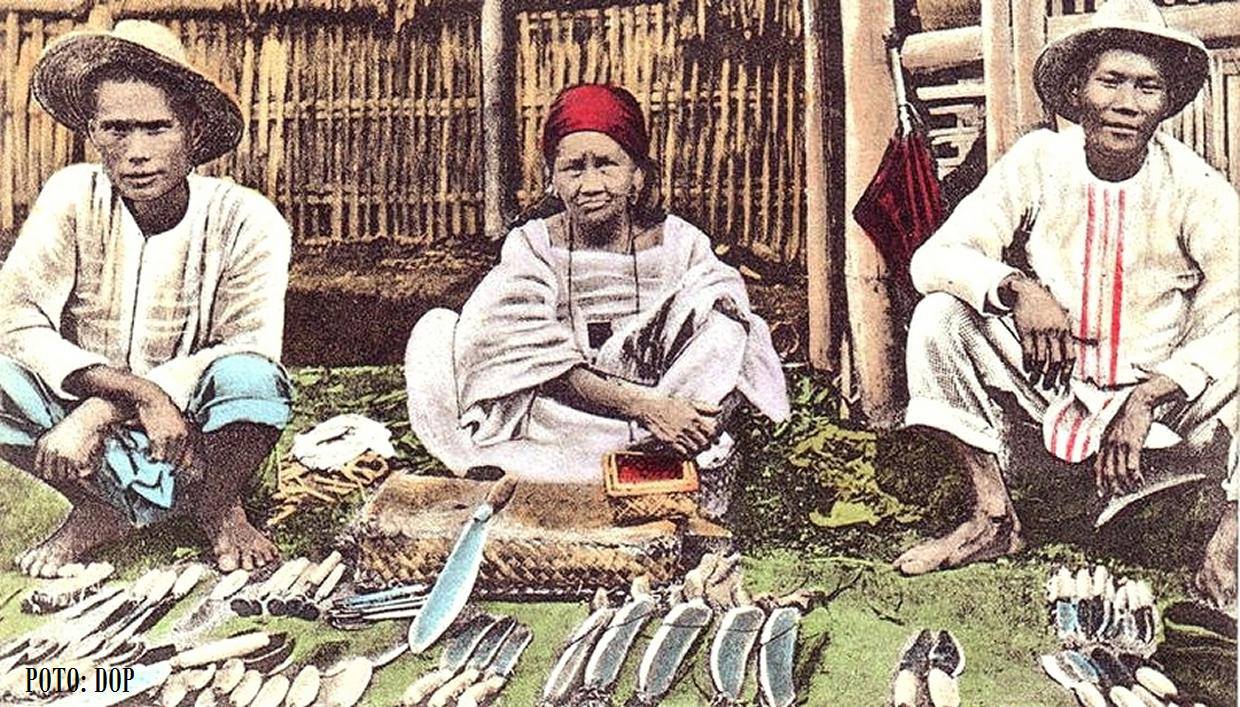
Ancient Cebuano bladed weapons. (ancientcebuanobladedweapons.blogspot.com photo)
While General Emilio Aguinaldo was proclaiming Philippine independence in Kawit, Cavite on June 12, 1898, Cebuano revolutionaries were continuing the fight for freedom.
Cebuano fighters Arcadio Maxilom, Potenciano Aliño, Francisco Llamas and Rafael Tabal led the attack on a Spanish garrison in Pardo.
Cebuanos were armed with bolos, not guns.
“They raided the Spanish garrison near the church in Pardo and took some firearms since Cebuanos during that time did not have the capability to make guns,” said lawyer and history enthusiast Harvey B. Abella.
“The proclamation was just a proclamation, but those eight provinces (that revolted against Spain) never enjoyed actual freedom on June 12,” Abella told CDN. He was referring to Manila, Bulacan, Cavite, Pampanga, Tarlac, Laguna, Batangas and Nueva Ecija.
Another history enthusiast, Balbino “Ka Bino” Guerrero, said “nothing significant happened in Cebu on June 12.”
Both Abella and Guerrero said the Cebuano revolutionaries did not even know what the Philippine flag looked like.
“The Spanish naval flag was even more visible during the proclamation,” Abella said.
The Philippine flag, made in Hong Kong by Mrs. Marcela Agoncillo assisted by Lorenza Agoncillo and Delfina Herboza, was first hoisted in Cavite after Aguinaldo’s proclamation of independence on June 12, 1898.
TREATY
Guerrero said Cebuanos experienced independence much later on Dec. 24, 1898, when the Spaniards simply left.
“Spanish governor general Adolfo Montero boarded a ship with Spanish soldiers and sailed away to Iloilo and Zamboanga,” he said.
The 400-year Spanish rule ended after the Treaty of Paris was signed on Dec. 10, 1898. Spain agreed to cede control of the Philippines to the United States (US) for $20 million.
From Dec. 24, 1898 to September 1899, Cebu had its own government under elected governor Juan Climaco.
“Cebu was able to experience brief freedom because the American transition was still more focused on Manila as the capital of the country,” Abella said.
“We had our own justice system and taxation. There was total government function which was independent from foreign control,” he added.
The first Cebu provincial capitol was located in front of Fort San Pedro behind Plaza Independencia.
Disclaimer: The comments uploaded on this site do not necessarily represent or reflect the views of management and owner of Cebudailynews. We reserve the right to exclude comments that we deem to be inconsistent with our editorial standards.
